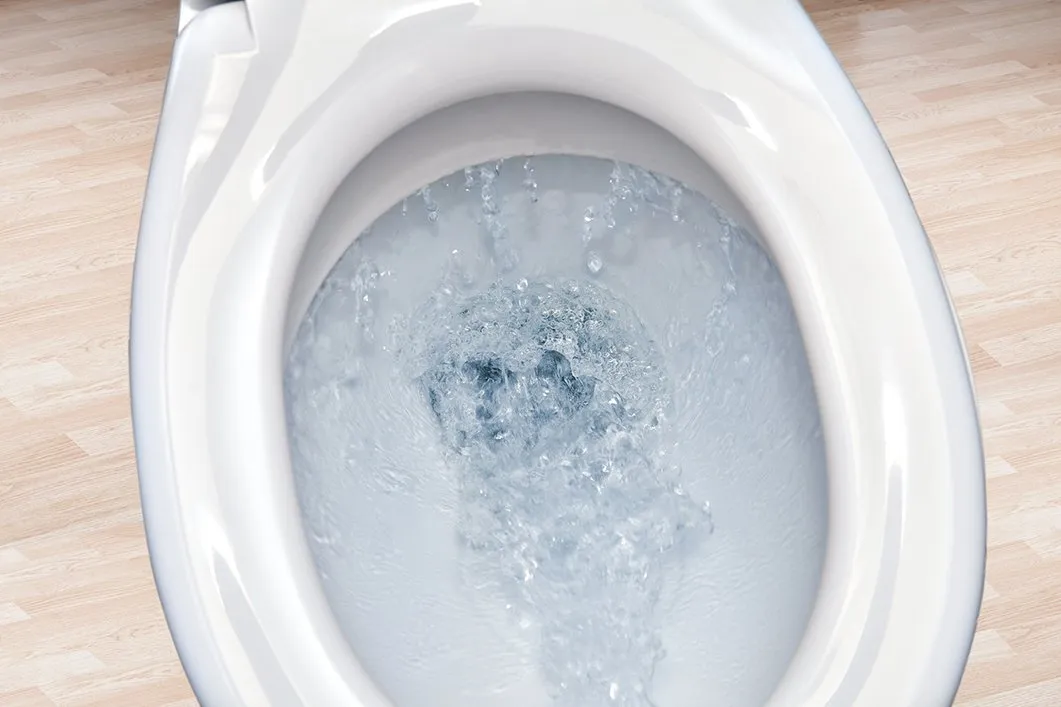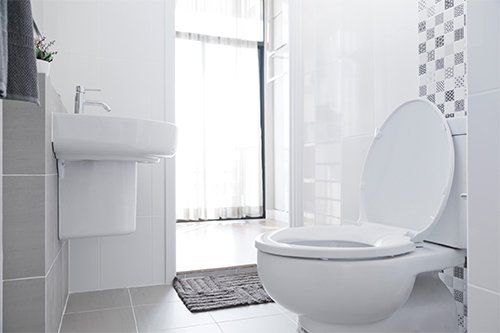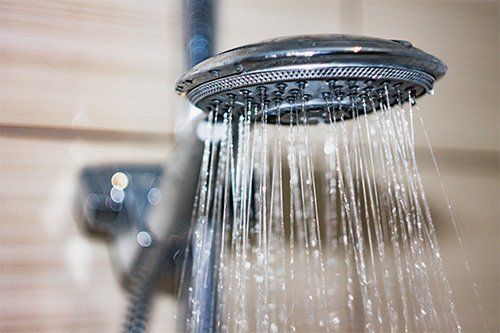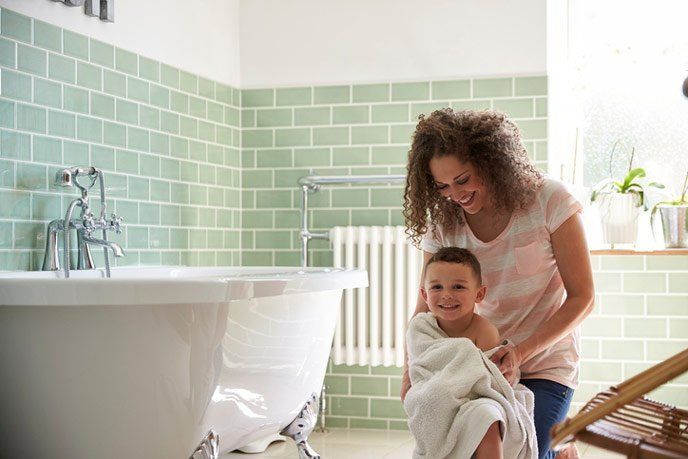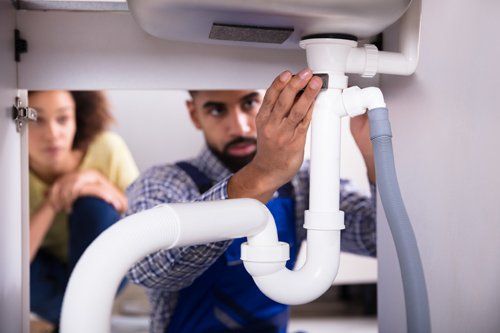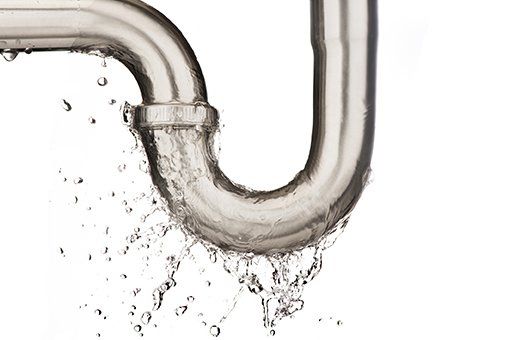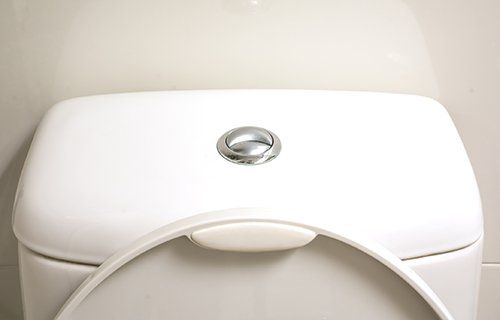
If you're like most people, plumbing probably doesn't strike you as the most exciting or trend-setting industry. Admittedly, plumbing has remained much the same for many decades — at least on a mechanical level. Plumbers primarily concern themselves with ensuring a consistent and leak-proof flow of water through your home.
Yet, in other ways, the world of plumbing continues to evolve and grow, often in exciting ways. Unfortunately, many homeowners overlook plumbing advancements that can make their lives easier and more convenient. If you would like to learn more about today's plumbing options, keep reading. This article outlines three exciting trends to be aware of.
1. Touchless Faucets
Although few people realize it, faucet handles attract germs like few other places in a home. A bathroom faucet handle contains roughly 6,267 bacteria per square inch. Kitchen faucets more than double this number. A toilet seat, by contrast, contains a surprisingly lower amount of bacteria — around 295 per square inch.
Touchless faucet technology offers an effective way to avoid coming into contact with these germy surfaces. As you probably know, touchless faucets have been around for many years in commercial settings, from restaurants to airports. Yet only more recently have residential models hit the market.
Touchless faucets use electronic motion sensors that respond to a simple wave of the hand. The simplest touchless faucets use a single sensor to turn water on and off. While useful for simple tasks, such faucets don't allow to control water temperature. Instead, residential fixtures often still contain a traditional faucet handle for dialing in specific temperatures.
More advanced models of touchless faucets allow a greater degree of control. In fact, certain brands utilize as many as five different proximity sensors. These sensors allow you to access 13 different functions, all with a wave of the hand.
2. Foot-Control Faucets
Even a touchless faucet still requires you to use your hand — even if just to wave it in front of a sensor. Foot-control faucets, by contrast, allow you to do away with your hands entirely. Instead, you control water flow by manipulating a special pressure plate with your foot. Some models even allow you to use your knee to turn the water on and off.
The position of the faucet's traditional handles control the temperature and flow rate of the water. Many people prefer leaving the cold lever on, as this fulfills the widest range of functions.
Operating a faucet with your foot cuts down on contact with germy faucet handles. Foot-control faucets also prove highly convenient in the kitchen and can help to cut down on water use. Instead of turning on the faucet and letting the water run while you reach for a pot to fill, you can grab the pot first and turn on the water with your foot.
3. Dual-Flush Toilets
Toilets rank among the most significant contributors to a home's water use. For this reason, more and more homeowners choose to invest in water-saving toilets. Dual-flush toilets offer some of the most effective results when it comes to reducing your monthly water bill. These toilets have two buttons, one for liquid and one for solid waste.
Dual-flush toilets allow you to drastically lower the amount of water flowing through your toilet. Studies have estimated that a dual-flush toilet consumes approximately 4.8 gallons of water each day. By contrast, the old toilets found in many homes use as much as 3.5 gallons of water every time you flush.
Developments in technology continue to drive the world of plumbing into exciting new territory. For more information about how you can benefit from today's plumbing trends, please contact the plumbing experts at Moody Plumbing Inc.




